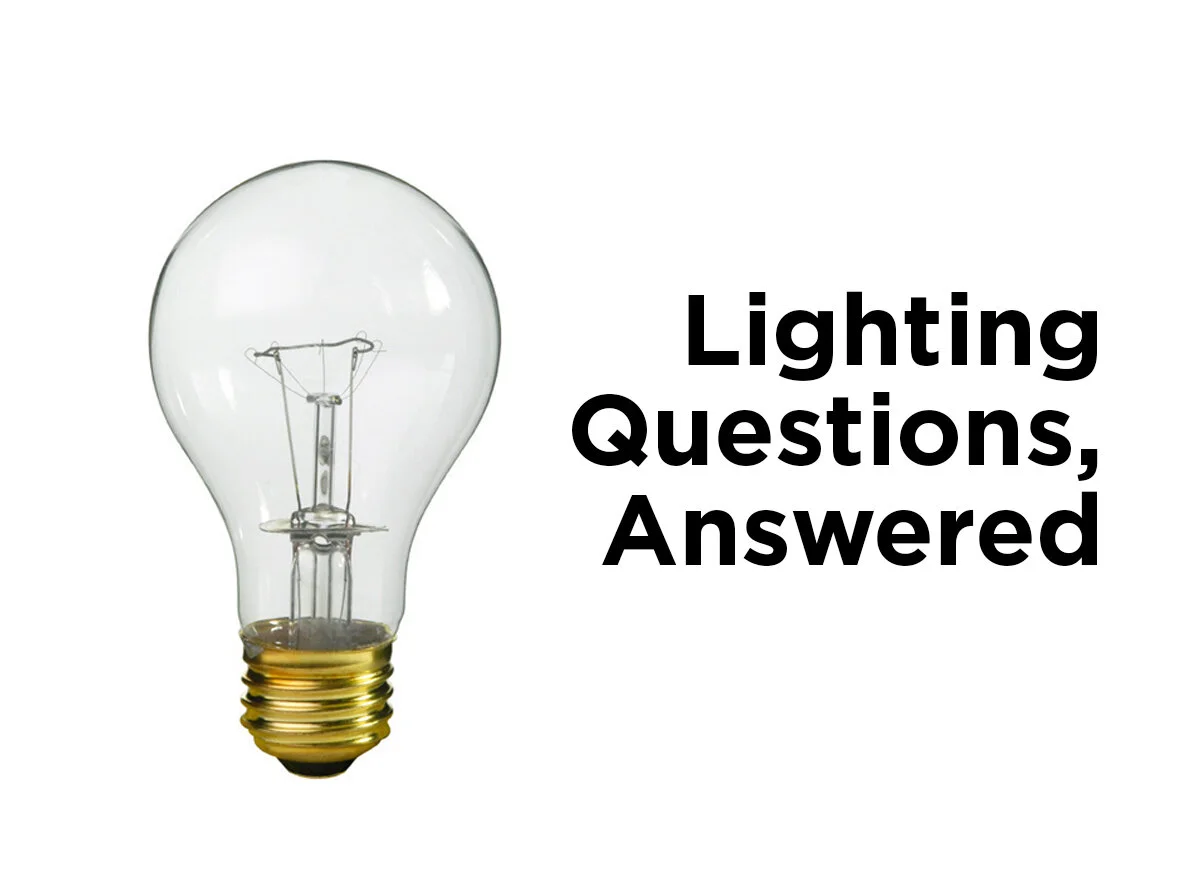Security Lighting: Creating Peace of Mind
While outfitting your home with booby traps akin to Jason Bourne might be fun, setting up your home with a good net of security lights is easier, not to mention safer. The good news is that making your home a less appealing target is actually pretty easy. Below, we’ll throw some tips your way that will make criminals focus their attention elsewhere.
Timers: Simple and ultra-affordable, plug in timers are one of the easiest ways to protect your home. Have to work late and don’t want to come home to a dark house? Going away for a weekend to visit the in-laws, but still want your dining room lights and TV to come on as if you were there? Timers can do all that and then some. Many timers have multiple set points, like the Tork 401A, giving you the freedom to customize when your lights turn on and off, therefore increasing that “lived in” look.
Motion Activated Lights: Motion activated lights are one of the best ways to keep your home safe. They don’t need to be turned on, you can’t forget to turn them off, and they’re operational at all times. It’s important to put motion activated lights around key areas of your home, like over doors or on exterior walls that illuminate a darkened section of your home, eliminating potential hiding spots. For example, maybe you have a gate next to your garage that leads to your backyard. An outward-facing motion sensor would be great on your garage, so that when it comes on, you’ll be able to see the lights from a kitchen or bedroom window. Keep in mind that CFLs are not recommended for use with motion activated sensors, as the constant on and off will greatly shorten the life of the bulb.
Here are some things to keep in mind when choosing your motion activated lights:
Unless you live in a heavily guarded federal building, you don’t want the same type of lights the FBI uses for their buildings. You actually would want something that’s not overly bright, so you can actually see what's going on. It’s also a good idea, if you can, to have your lights pointing at something that will be noticeable when the lights are activated, something like a fence. That way you’ll be able to notice when the lights are on from multiple areas in your home.
Also, make sure to install your lights high enough where they can’t be disabled by someone on the ground and trim those bushes by your windows, to eliminate possible hiding spots.
Porch/Patio Lights: Porch lights shouldn’t only be used during Halloween to determine which houses are handing out candy. Apart from being a sign of hospitality when you have people over, the outdoor lighting fixtures you have in the front and back of your home play a crucial role in your home’s security. Ideally, there should be fixtures on either side of the door, to eliminate shadows. They should also be controlled by a photocell (a device that keeps the lights from coming on in the daytime) or timers. Avoid having lights directly overhead or behind where someone would be standing, as these placements will create harsh shadows or a silhouette effect. This setup will accomplish three things: allow you to quickly find your keys, let you know when someone passes by or is at your door, and allow you to clearly identify who’s at your door.
*When choosing the bulbs to put in your fixtures, choose bulbs that have a CRIequal to or greater than 80. The higher the CRI, colors will look richer and more vibrant. This will help identify the colors of cars, differences in skin tone, and the colors of clothes with greater accuracy.
Landscape Lighting: Looking to add a touch of sophistication to your home’s exterior and eliminate holes in your home’s net of security lighting You can accomplish both with pathway lights. Adding a few of these lights to your sidewalk will not only increase your home’s curb appeal, but will also make the journey from your car to the front door much safer. You may want to stay away from solar-powered lights, as these tend to be very dim. What about those Oak trees in your front yard, or the garden you’ve spent countless back-breaking weekends on? Light ‘em up with uplighting and landscape lighting. For uplighting, it's important to remember to use warmer color temperatures (2400-3000K) for red tones, such as brick, as the warmer colors will bring out the color of the brick. For landscape lighting, cool color temperatures (4000-4100K) are best, as these will make foliage appear more lush and vivid. Uplighting and landscape lighting serve two functions: to display your hard work and reduce the amount of hiding places potential evil-doers have.
We’ve covered the main areas of security lighting. Are there any others we may have missed? Let us know in the comments below, or holler at us on Facebook, Twitter, Pinterest, and LinkedIn!







